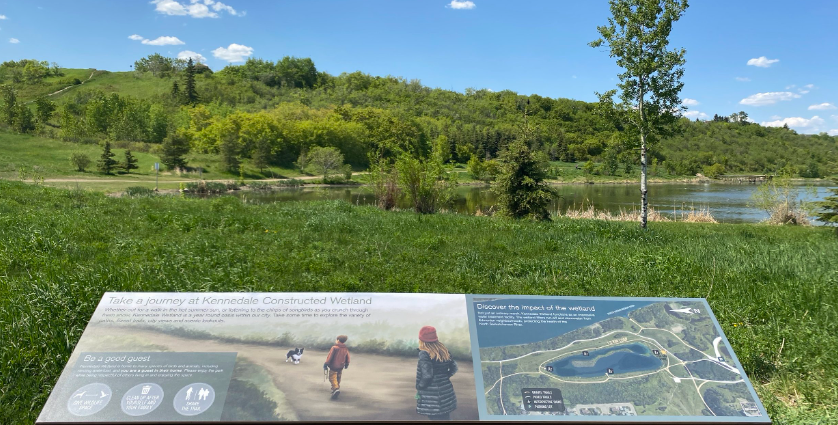Visitor engagement is a critical component of any successful exhibit, park, or heritage site. One of the most effective tools to enhance this engagement is through the strategic use of interpretive signage. By carefully crafting the narrative and design, these signs can significantly improve the visitor’s experience and understanding.
The Essence of Interpretive Signage
Interpretive signs are more than just informational plaques. They serve as guides, educators, and storytellers. They create a narrative that enhances the user experience and encourages active involvement. Whether they are used in a museum, park, or heritage site, their primary function is to communicate specific messages that may be educational or relate to management concerns.
The Impact on Visitor Knowledge and Behavior
Research has shown that well-designed interpretive signs can have a profound impact on visitor knowledge. By presenting information in an engaging and accessible way, these signs can enhance the visitor’s understanding and appreciation of the area they are exploring. Moreover, they have the potential to modify tourist behaviour significantly, facilitating sustainable wildlife tourism.
Crafting the Narrative: The Art of Interpretive Sign Design
A crucial aspect of creating effective interpretive signage is the design process. It is not enough to simply present facts and figures; the information needs to be woven into a compelling narrative that captures the visitor’s interest and imagination. This is where the art of interpretive sign design comes into play.
The design should encourage visitors to solve problems, make choices, and become actively involved in the experience. The use of graphics, colour, and typography should all work together to create a visually appealing and thought-provoking display. The size and placement of the signs are also significant factors to consider.
Engaging the Community in the Process
An essential part of developing effective interpretive signage is involving the community. It’s not just about presenting information; it’s also about creating a sense of ownership and connection with the local residents.
Through focus groups and consultations, residents can provide valuable insights into the unique characteristics of the area and suggest ways to present this information in an engaging and culturally sensitive manner.
Conclusion:
In conclusion, interpretive signage plays a vital role in enhancing visitor engagement. They offer more than just information; they provide an immersive and interactive experience that enriches the visitor’s understanding and appreciation of their surroundings. With careful planning, collaborative design, and community involvement, these signs can tell a compelling story that leaves a lasting impression on the minds of the visitors.

